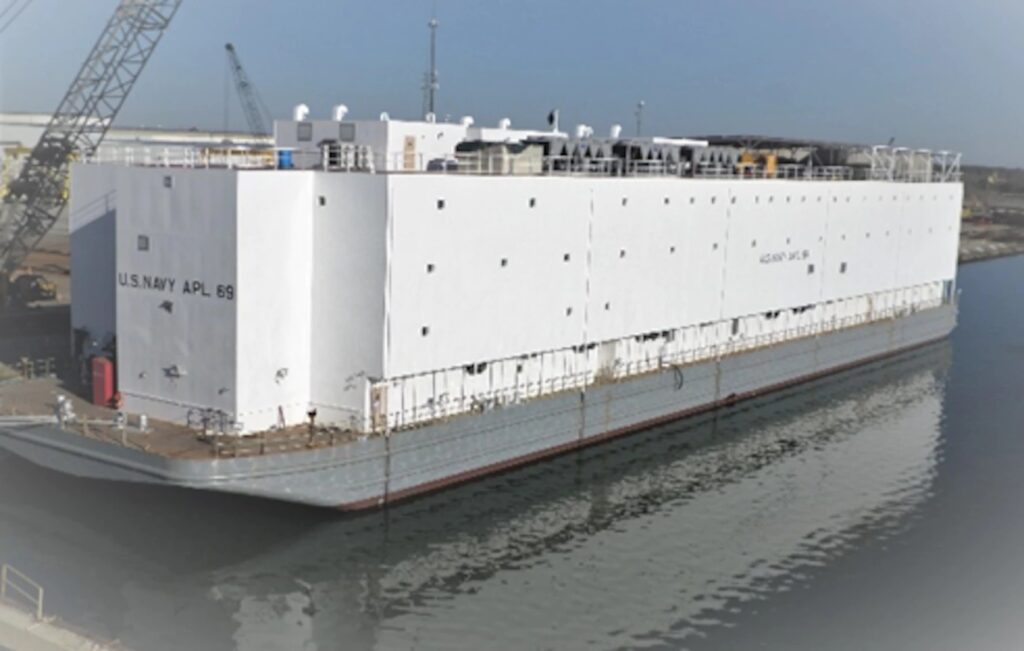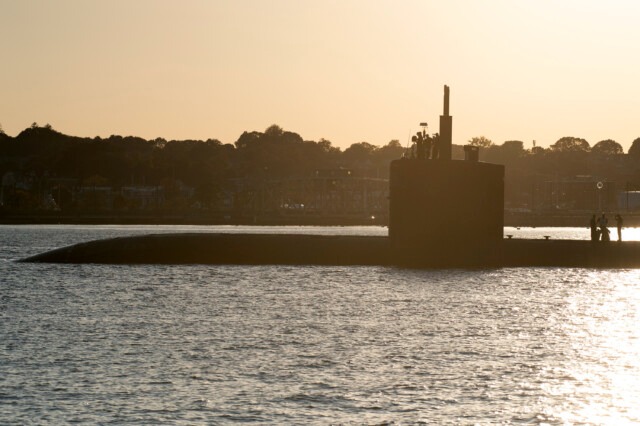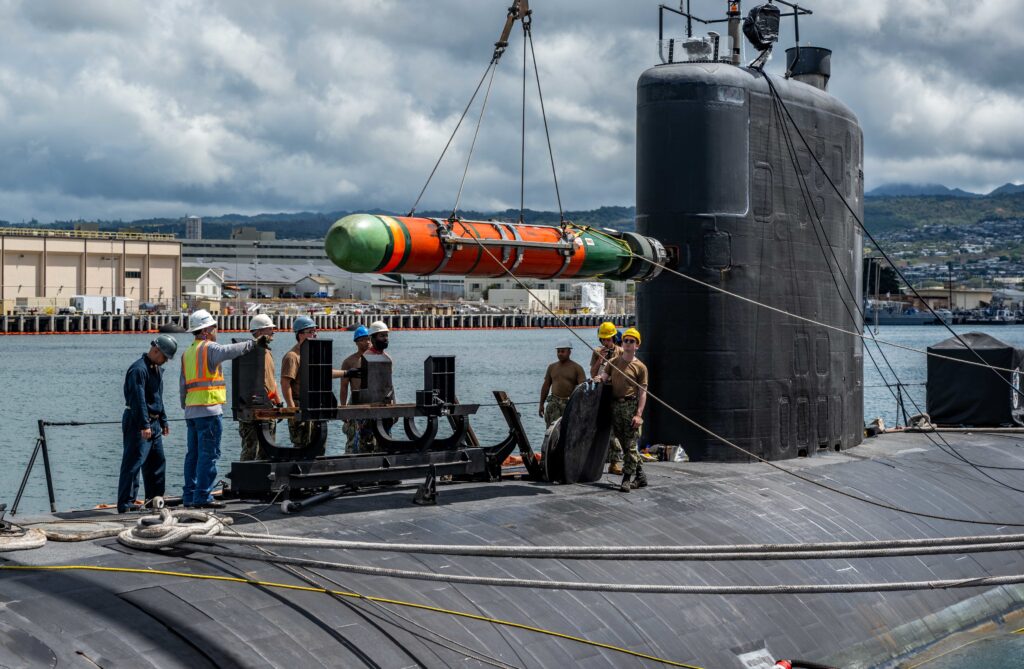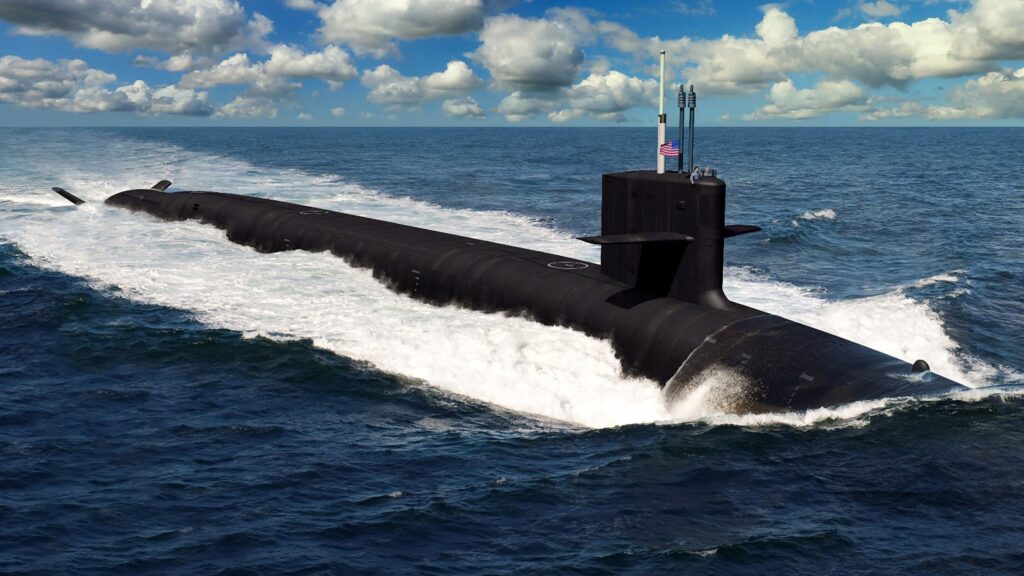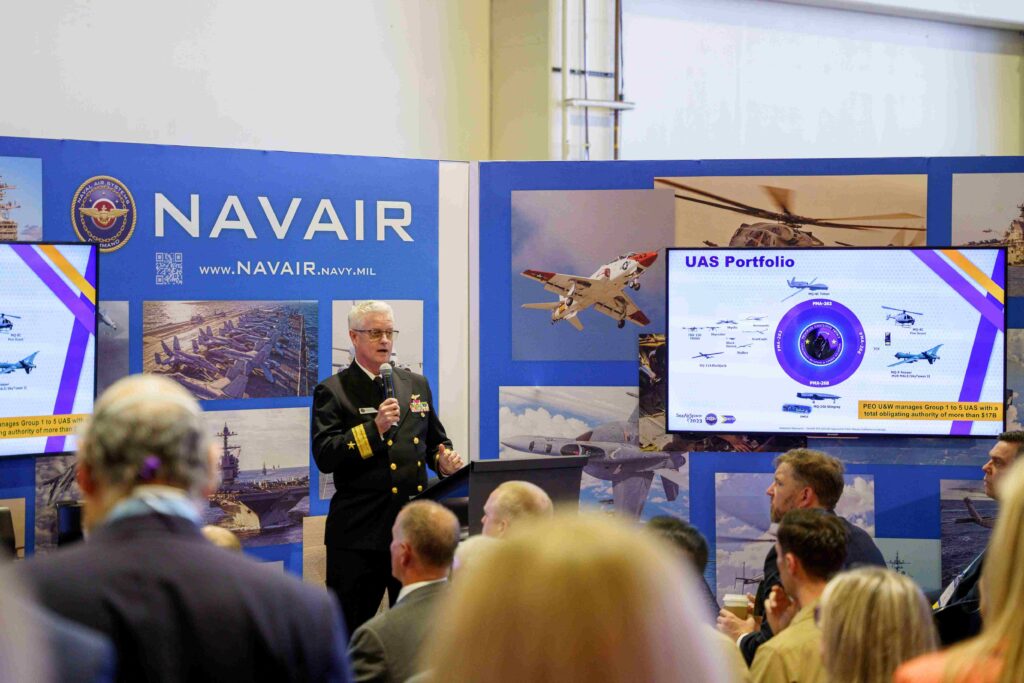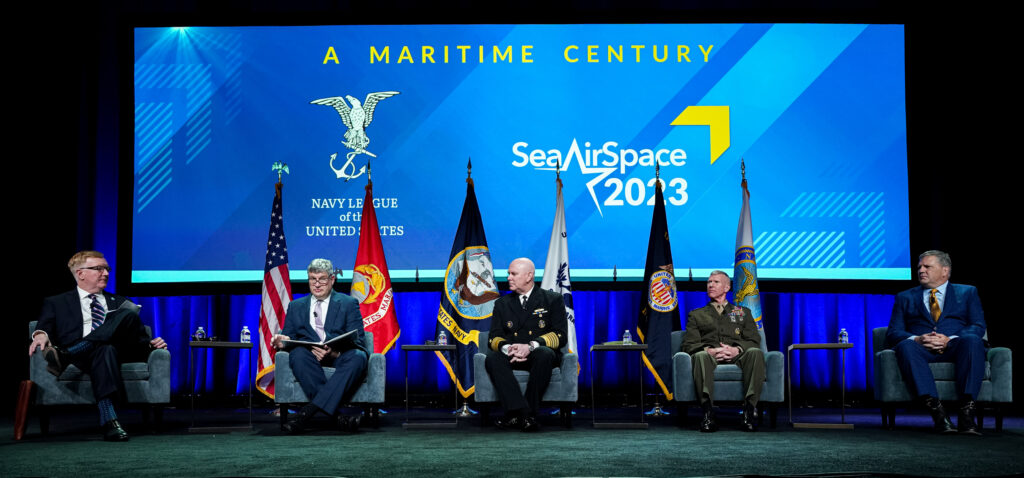The seal of the United States contains just three words: E Pluribus Unum, or Out of Many, One. But achieving that unity has been an ongoing challenge in the military.
During the Tuesday morning session, “Towards a Culture of Unity,” a diverse panel of soldiers engaged in what moderator Admiral John Richardson, USN (Ret.) called a “very practical, authentic discussion” on how to foster more diversity, equity, inclusion and accessibility (DEIA) in the Navy.
Richardson launched the discussion with a question he’s been asked numerous times — is the Navy weaker because it’s spending too much time on “woke” topics like diversity and environmentalism?
“It’s sometimes posed as a choice between diversity and strength, or taking care of the planet and strength,” he said. “But rather than approach this as a choice, a much better way to approach it as “yes, and …” We can do both. Just like operations and safety — the teams best at operations are best at safety. Unity through diversity enhances your strength as a force.”
But this doesn’t happen on its own, Richardson said. It takes positive encouragement and a daily commitment.
RADM Sinclair Harris, USN (Ret.), president emeritus, National Naval Officers Association (NNOA), agreed.
“Our Constitution says “a more perfect union. That takes work,” he said. “But Constitutionally, this whole discussion of DEI and A is what you signed up for when you took that oath.”
Transforming Roles
Harris said the most important transformation during his time in the Navy was the elevation of the role of women in the service.
“My first four ships were all boy,” he said. “We got a whole of a lot smarter when we started to elevate women on our platforms. They’ve raised the bar.”
Harris, who is Black, said four things have been important in his career: role models, mentors, coaches and advocates. “Make sure they don’t all just look like you,” he advised.
LCDR Rolando Machado Jr., vice president, Association of Naval Services Officers (ANSO), said it took him a while to understand that a person can serve in all four of these roles at the same time.
“When you meet someone, figure out what role they can play in your life and what role you can play in their life,” he said. “It’s going from a place of ‘what can I get?’ to ‘what I give also brings something back to me.’”
Machado said it’s important to look within the Navy’s ranks and acknowledge the stories of diversity in the past. He told the story of Dorie Miller, a Navy cook third class who was killed in action during the attack on Pearl Harbor. Miller, who helped several sailors who were wounded and shot down four to six Japanese planes using an anti-aircraft machine gun for which he had no training, was the first African American to be awarded the Navy Cross.
As a Black man, mess attendant was one of the only options Miller had in the Navy at that time. “Can you imagine if the Navy had trained him how to be a gunner, medic, or commanding officer, what type of impact he could have had?” Machado asked. “It’s powerful to think about our past, but also important to recognize the present.”
Deckplate Unity
Lieutenant Andrea Howard, navigator PCU New Jersey (SSN 796), provided context of what it takes to transfer the ideal of a more perfect union to the reality on the deckplate. As one of the first women deployed on a submarine, she’s been part of the evolution over the last decade.
Howard compared DEIA to a patchwork quilt. Like pieces of a quilt, soldiers should be encouraged to keep their own identity while unifying as a whole.
Howard said there are three steps to creating that patchwork quilt:
- Cultural forging, which is most effective when sailors are leading the charge.
- Representation, which shows there’s a future for others like you in this community.
- Allyship, in which people from the majority — especially those in the chain of command — provide a safe and welcoming space for those in the minority.
Captain Emily Bassett, president, Sea Services Leadership Association (SSLA) and founder and moderator of the webinar Lean on Navy, said she was in a Boston University ROTC class when the Navy first welcomed women into the nuclear propulsion program.
Bassett, who commanded the USS Manchester (LCS 14), said she’s always been in the first class of women throughout her Navy career. “In a lot of ways I felt different and not part of the team,” she said. But after a commander told her to focus on her strengths rather than her differences, she started to feel like she belonged.
Bassett encouraged all soldiers to join an organization like SSLA, ANSO or NNOA, where they can talk about challenges they face and learn how to be part of the conversation around solutions.
